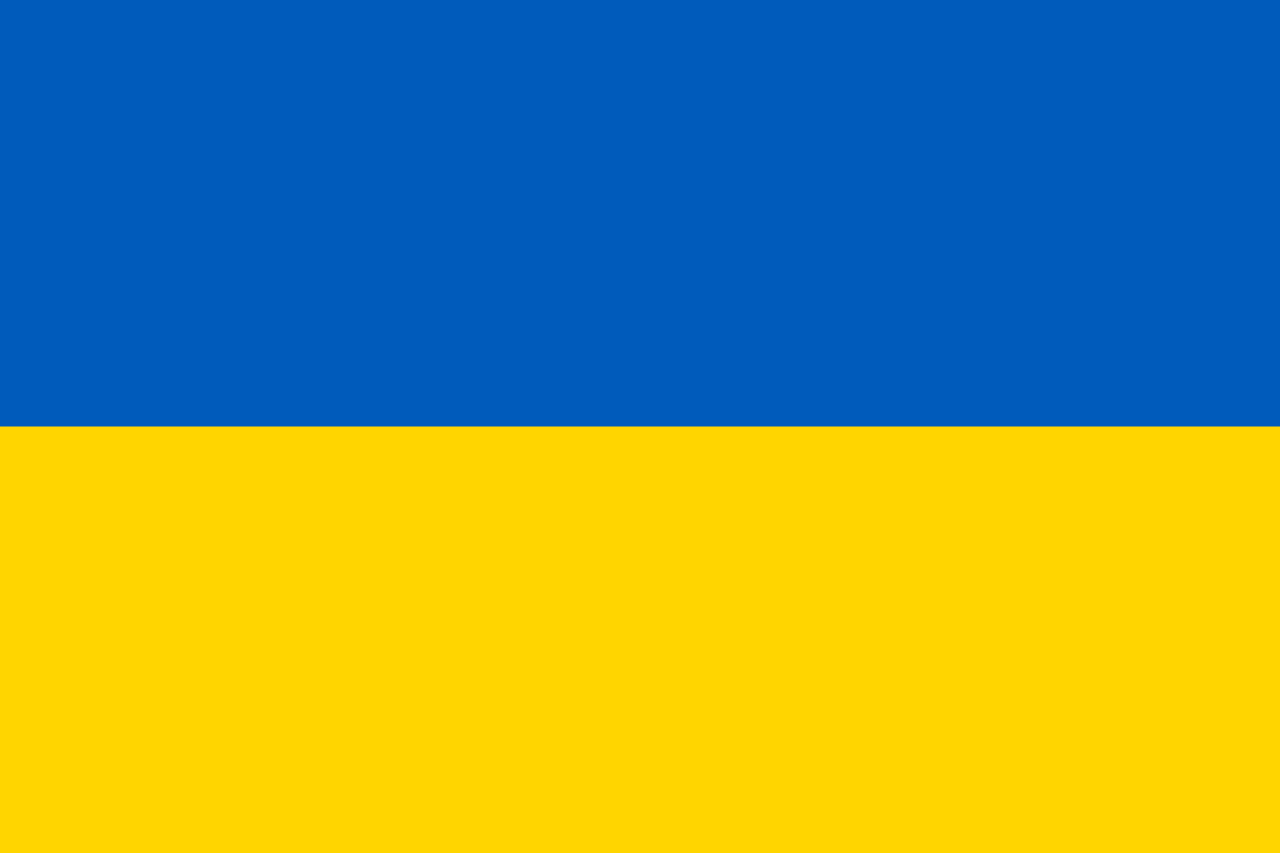🛕 1. Origin of the Conflict: The Preah Vihear Temple
The Preah Vihear Temple was built in the 11th century by the Khmer people, ancestors of modern Cambodians.
It is located on top of a cliff in the Dângrêk mountain range, which forms the natural border between Cambodia and Thailand.
The conflict is not mainly about the temple itself, but about a 4.6 km² area surrounding it.
---
🇰🇭 Cambodia’s Position:
In 1962, the International Court of Justice (ICJ) ruled that the Preah Vihear Temple belongs to Cambodia, based on a French colonial-era map (1907).
Cambodia argues that Thailand tacitly accepted that map for decades.
Cambodia also contends that the 1962 ruling implies sovereignty over the adjacent area as well.
---
🇹🇭 Thailand’s Position:
Thailand accepts that the temple itself belongs to Cambodia (in accordance with the ICJ ruling).
However, it disputes Cambodia’s claim over the surrounding area, arguing that the map used by the ICJ is not legally binding for defining the border.
Thailand maintains that the border should follow the watershed line, which would place part of the disputed land on the Thai side.
---
🔥 Military and Political Tensions
Armed clashes occurred in 2008, 2009, and 2011, resulting in casualties on both sides.
These tensions are often fueled by domestic nationalist sentiments, especially during times of political crisis in either country.
In 2013, the ICJ issued a clarification of its 1962 judgment, confirming that Cambodia has sovereignty over the promontory where the temple stands.
---
📌 In Summary
Cambodia bases its claim on the ICJ ruling and the historical French map.
Thailand accepts the loss of the temple but disputes the adjacent territory, referring to geographical principles.
The dispute is a complex mix of international law, colonial history, regional geopolitics, and national pride.

